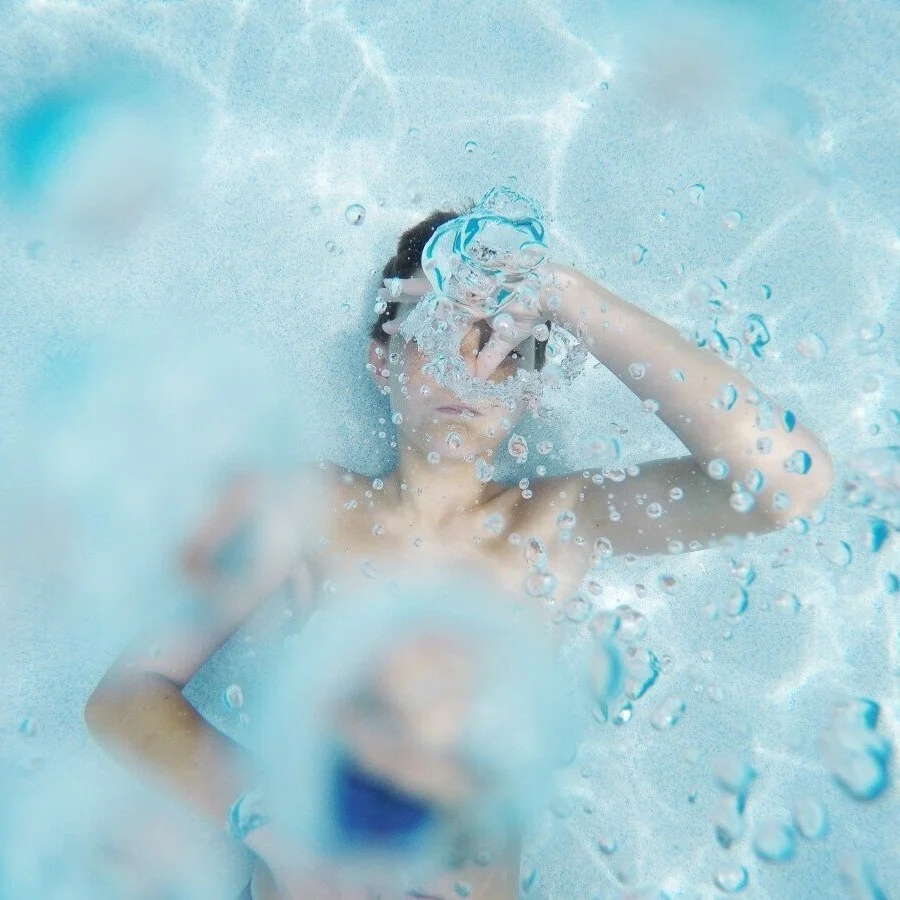When Is It Time to Replace a Pool Liner?
While a typical vinyl pool liner can last upwards of ten years, there comes a point when it needs to be replaced. This is a costly process that will ultimately ensure the pool is safe to use for the family and prevent additional damage.
Here are some of the most telltale signs that the pool liner might need to be replaced and how to start the repair.
Cracked or torn liners
One of the most obvious signs of damage to a pool liner is cracks and tears along the surface. Vinyl deteriorates with exposure to UV radiation and chemicals in the water, making it brittle and prone to ripping. Cracks in the liner will most often lead to water leaking between the pool liner and the pool base, which is porous and absorbs water easily. Multiple cracks below the water level can be a serious issue that requires immediate repairs, including emptying the pool.
However, smaller cracks along pool edges, usually caused by harsh sunlight, aren’t a huge concern. These cracks can be patched with a vinyl repair kit. However, persistent liner cracking indicates that partial repairs are no longer satisfactory, and the pool will need to be relined for optimal performance and longevity.
Water loss
Expanding on what’s mentioned earlier, it’s a good idea to measure the pool’s water level when it’s not actively used. A simple bucket test can be enough to determine whether there’s a hole in the liner or if the lost water is solely from evaporation.
The bucket test is relatively straightforward. Put a bucket on the top step of the pool and anchor it with a rock or some other heavy item. Then fill the bucket with water so that the water level in the bucket is the same as the water level in the pool. Check routinely to see if there is a significant difference in the water level between the bucket and pool. If there is, it is likely that the vinyl liner or the pump system is leaking and warrants a closer inspection.
Changed colors
One of the most common changes in a pool liner over time is fading. This is usually only a cosmetic issue since the liner should be thick enough to last even if faded. However, some homeowners prefer to reline their pool to keep it looking fresh and colorful, regardless of whether the liner functions.
If new color forms on the liner, the color is due to moss or algae growth, or rust, it might be difficult to remove. Additionally, debris from plant life and rust can weaken the vinyl further, making it more prone to cracks and rips in the future.
Extending the life of a liner
One of the best ways to extend the lifespan of a vinyl pool is to closely monitor the water’s chemical content. Low pH and alkalinity can stretch the vinyl over time, which exacerbates wear and tear. Additionally, owners can use a pool cover. A cover will greatly reduce the UV radiation the pool liner receives and minimize natural vinyl degradation.
If you think it’s time to replace the liner, consider starting the process in late fall. Pool companies might be working on a backlog in spring during the main repair season, rendering the pool unusable for much of the hotter months of the year. Contact a local professional pool company for assistance as soon as you spot the first symptoms of liner degradation so that you can get ahead of the problem.
Dog Days Pool Service is a pool service company serving Clearwater, Safety Harbor, and all surrounding areas. We offer a wide range of pool services and pool repairs. Our team would love to hear from you! (727) 791-6012.

